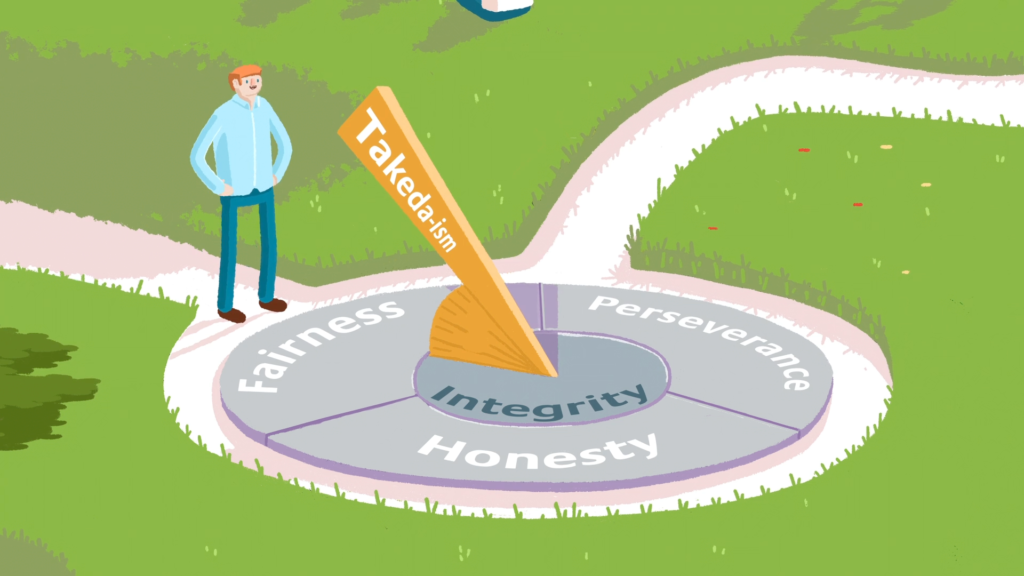In today’s fast-paced business environment, change management has become a crucial element for organisational success. However, managing change can be a daunting task, as it often involves changing the existing organisational structure, processes, and culture. To address this challenge, leading businesses are increasingly proposing a new approach to driving organisational change through gamification.
In this article, we’re going to explore the concept of change management gamification and how it can be leveraged to facilitate effective and sustainable change within organisations, as well as provide examples of how we’ve helped some of the world’s biggest brands drive this approach forwards.
If you’re looking at change management and ways to implement it quickly, effectively, and in a digestible way for your organisation, gamification could be the solution.
Gamification: The Basics
We’ve covered what gamification is in detail before, but if you’re new here, here’s a quick rundown of what gamification is and the principles behind it.
Gamification, in short, is the practice of applying game design elements and mechanics to non-game contexts with the aim of engaging and motivating users. It has become a popular approach for promoting positive engagement in various fields, including education, marketing and healthcare. The core concept of gamification is to leverage the intrinsic motivation that comes with playing games, such as the desire for achievement, competition and social interaction, to encourage users to engage with a particular task or system.
The process of gamification involves identifying the specific goals and desired outcomes of the system or task, determining the target audience, and designing game elements that align with the audience’s interests and motivations. Some common game elements used in gamification include points, badges, levels, leaderboards and challenges. These elements are integrated into the system or task to create a game-like experience that motivates users to engage with it.
One of the core principles of gamification is feedback, which involves providing users with real-time information about their progress and performance. Feedback can take the form of visual cues, such as progress bars or notifications, or social interactions, such as peer-to-peer feedback or recognition. Another principle is the concept of rewards, which involves providing users with tangible or intangible incentives for completing tasks or achieving goals. Rewards can take many forms, including virtual items, discounts, or exclusive access to content or services.
Gamification is used across multiple industries and is something we’ve worked with a diverse range of clients on, including Biffa and Coca-Cola. Read more of our case studies to explore the practical applications of gamification in more detail.










